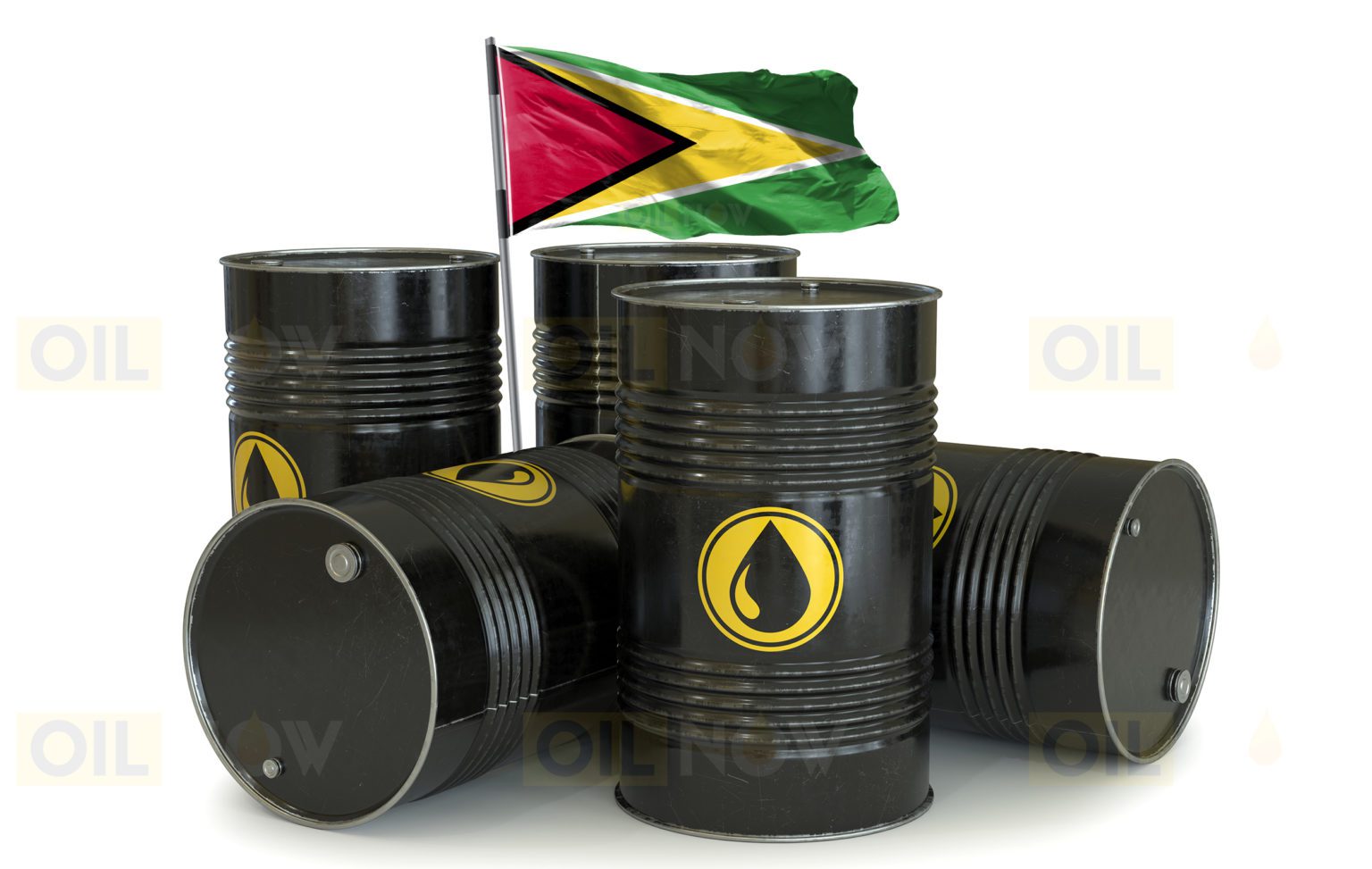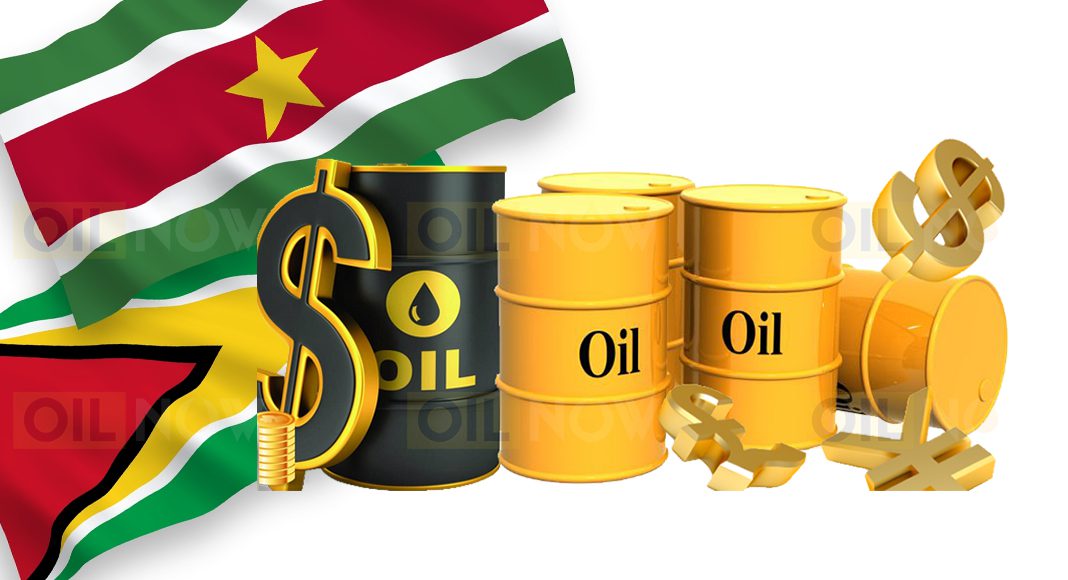Oil bounty, energy security and Guyana future prospects

Guyana’s energy sector for 2022 will be characterized by two significant developments. Within weeks the second phase of oil production will start at the Liza Phase 2 Development with a production ramp up of approximately 220,000 barrels of oil per day. The occasion will be noteworthy as it further cements Guyana’s position among the ranks of the world’s most promising oil producers on a per capita basis.
The Liza Unity FPSO will have material economic implications too. The Government of Guyana through its Minister with responsibility for Finance, Dr. Ashni Kumar Singh has projected that oil prices will average US$$74 a barrel for 2022. He has also noted via the 2022 national budget that the Stabroek Block is poised to deliver 94 lifts for 2022, 13 of which goes to the State. This is on account of the Liza Phase Two Project coming on stream.
Given the oil price forecast, the Stabroek Block is poised to deliver at around a combined US$6,956,000,000 this year to the Government of Guyana, ExxonMobil, Hess Corporation and CNOOC. Another key development arising from the commencement of production from Liza Unity is that crude oil exports are projected to increase by 107.7 percent to US$6,180.6 million. To understand the significance of this, export earnings for 2021 totalled US$2,975.5 million.
In addition to this jaw dropping level of earnings in the midst of the COVID-19 pandemic, there are several key developments in the block which the government in particular is looking forward to.
While the Irfaan Ali administration is certainly excited about the coming into operation of the Liza Unity FPSO early in 2022 which will eventually raise overall output to 340,000 bpd, it is also excited about the deployment of the Liza Prosperity FPSO in 2024 which will further raise capacity to 560,000 bpd. With the anticipated fourth production area, Yellowtail, estimates are poised to reach 810,000 bpd by 2026/27 and additional developments under consideration could see Guyana reaching 6 FPSOs producing 1 million bpd by 2030.
As these developments progress, the government has said that Guyana can expect to continue its positive growth rate trajectory since in the oil and gas subsector, production from both Liza Destiny and Unity FPSOs, is expected to be approximately 257,000 bpd on average, which allows the subsector to achieve a projected 96.7 percent growth in 2022.
As for the Stabroek Block partners, there is not only excitement about the Liza Phase 2 project, but there is also immense interest in unlocking the multibillion-barrel potential of other sections of the block.
CEO of Hess Corporation, John Hess noted just recently during his company’s Q4 Earnings call that Guyana, the industry’s largest new oil province discovered in the last decade, and which is positioned to be one of the highest margin, lowest carbon intensity oil developments globally according to a study by Wood Mackenzie, is key to Hess’ long term strategy for sustainability and success.
He said the Liza Phase 2 project will add US$1 billion of net operating cash flow annually for his company at US$65 Brent. Following project start up, he said it would allow Hess to repay the remaining US$500 million of its term loan and increase its base dividend. He was keen to note that Hess and partners will continue to invest in an active exploration and appraisal programme in Guyana in 2022, with approximately 12 wells planned for the Stabroek Block. Guyana is also considered a star in Exxon’s global portfolio too.
But the twin challenge that remains for Guyana is monetizing its oil resources as quickly as possible while sustainably moving towards cleaner energy sources. This brings us to the second critical point in Guyana’s journey for 2022. The extraordinary journey to being an oil producer which commenced in May 2015, will also be marked this year, by the beginning of a series of transformational solar and hydro power projects.
Based on budget 2022, Guyana is clearly demonstrating that she is determined to be a cut above the rest as renewable energy projects are being propelled into existence with the use of the oil funds.
Infact, GY$1.1 billion is budgeted for solar farm interventions in 2022. These include the completion of the 1.5 MW solar farm at Bartica, 0.75 MW at Wakenaam and the 1.0 MW at Lethem. Government is also expected to tender for a 0.6 MW solar farm at Leguan and a 0.65 MW farm at Mahdia later this year. Also, over GY$450 million has been budgeted to expand and upgrade the hinterland electrification and power generation capacity through the purchase of generators and the expansion of distribution lines.
On the hydro front, there is the government’s most promising venture which is the Amaila Falls Hydro Project (AFHP) with an expected capacity of 165 MW. This is underway too. In fact, the government has requested, received, and evaluated proposals for this project, and negotiations are underway with the highest ranked company which is an experienced international firm. The project will be developed under a build-own-operate-transfer (BOOT) arrangement within which the Guyana Power and Light Incorporated (GPL) will purchase power from the operator under a Power Purchase Agreement (PPA). The administration said it anticipates construction will begin in 2022 and be completed by 2027. Once operationalised, the facility will significantly reduce the cost of energy for both businesses and households.
Government has also advanced the process for the construction of a 1.5 MW hydropower plant at Kumu, and for rehabilitation and upgrade to 700kW capacity of the defunct Moco Moco hydropower plant in Region 9. Over $600M is budgeted for the construction of both projects in 2022. Additionally, over $170 million has been budgeted for the completion of the 150kW hydropower scheme at Kato and for 30,000 photovoltaic home systems for hinterland and riverain areas.
Then there is the imminent US$900M gas-to-shore project. Following a public expression of interest in September 2021, the government had issued an advertisement for the prequalification of firms interested in the transformational Gas-to-Energy project, recognising the potential of natural gas as a transition fuel. It explained that the project will allow the nation to phase out the use of expensive and carbon-intensive heavy fuel oil and is targeted to reduce costs substantially below the current levels.
The project encompasses the establishment of a power plant to generate 300MW of power as well as a Natural Gas Liquids (NGL) plant that will cover domestic demand. It also entails the construction of a 225 km 12” pipeline to transport the guaranteed minimum of 50 mmcfd of natural gas from offshore Guyana to the Wales Development Authority.
Ongoing geotechnical and geophysical works for both offshore and onshore operations are advancing with portions already completed. Furthermore, the government has said that an Environmental and Social Impact Assessment is expected to be completed by early second quarter of 2022. Utilizing a transparent procurement process, the administration said it is expected that the firm selected would be able to engineer, procure and construct the Power Plant and NGL Plant along with related facilities while noting that construction is expected to start in the third quarter of 2022 and will be completed by the fourth quarter of 2024.
According to the government, Guyana’s current gas reserve estimate is 16 trillion cubic feet (Tcf) with projections for onshore use from Liza 1 and 2 likely at 50 million standard cubic feet per day (mmscfd) while Payara will bring an additional 20 mmscfd. This certainly augurs extremely well for the Gas-to-Energy Project and its viability. The reserve also speaks significantly about Guyana’s future as a gas exporter and the income that can be derived in that regard. For better context and perspective, reserves of natural gas of Trinidad and Tobago fell gradually from 23.45 trillion cubic feet in 2002 to 10.53 trillion cubic feet in 2021.
In light of the foregoing, it is safe to conclude that 2022 will be marked by the significant augmentation of Guyana’s economic wealth and prosperity as well as more concrete steps towards energy security.

 Suriname lies down-dip of the prolific reservoirs in neighbouring Guyana. The country has seen a gradual build-up of exploration activity since ExxonMobil’s first discovery across the border at Liza-1 in 2015.
Suriname lies down-dip of the prolific reservoirs in neighbouring Guyana. The country has seen a gradual build-up of exploration activity since ExxonMobil’s first discovery across the border at Liza-1 in 2015.